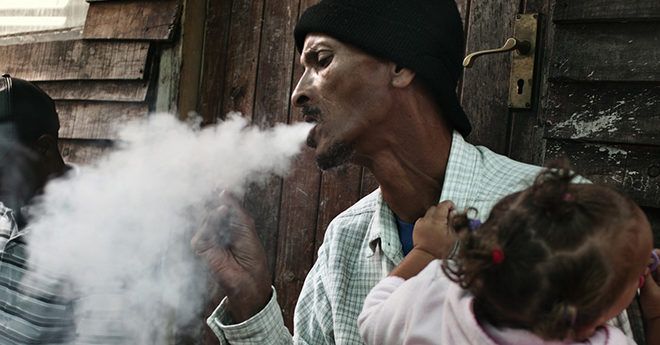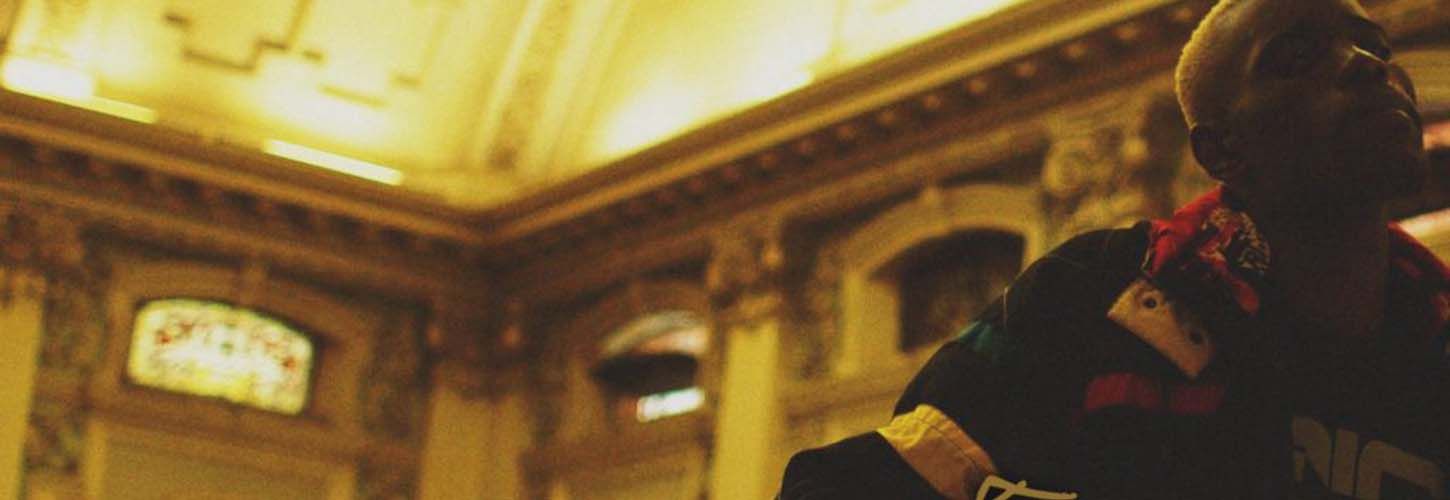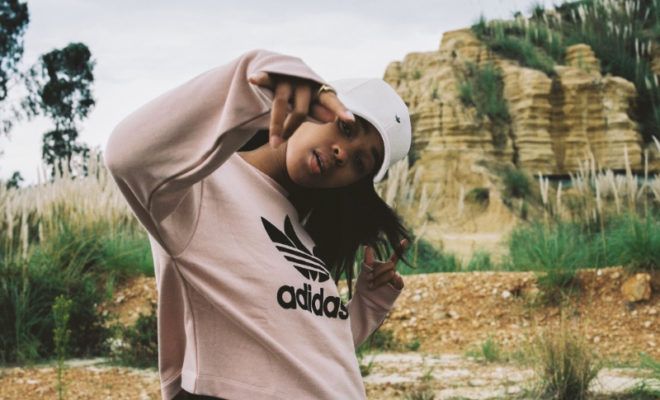I grew up in Wentworth. A community in the South Durban basin, it’s one of the bigger areas that were allocated to coloured inhabitants in the city during Apartheid’s spatial demarcation but at just 2.5% of the eThekwini Municipality’s population, it’s dwarfed by the size of other demographics. It’s also in stark contrast to the coloured community of the City of Cape Town, which makes up a weighty 42% of the city’s population. The numbers aren’t the only difference between the two communities; probably the bigger divide is that of language.

Where coloured folk in the Eastern Cape and Natal areas had a significant British ancestry that informed their use of English as a home language, those in the Cape were descendants of Dutch settlers and employ Afrikaans as their primary language of communication. Although I’ve given an extremely simplified explanation of ancestry to explain language differences, coloured people have a rich, and varied, ancestral history. In the largest study of African genetics ever undertaken – that spanned over ten years – Sarah Tishkoff, a geneticist in a study of genetic structure and origin, has said that the coloured population of South Africa have the highest levels of mixed ancestry on the globe. A blend of African, European, East Asian, and South Indian heritage, our histories are as intricately woven as the strands of a kaleidoscopic tapestry.

The state of Apartheid, for all its iterations of ‘separateness’ took apart those strands, bleached the colour from our ancestral textile and grouped together a people that could not be more diverse under an umbrella of ‘sameness’. I had seen the representations of coloured people on TV and in magazines, the caricature of their manner of speech in ad campaigns. I saw the entire cultural group being painted in popular culture with the Cape Coloured brush while growing up and remember thinking ‘But I’m nothing like that, my story isn’t that story.’ That the elders in my family spoke better Xhosa than English, and couldn’t string together a proper sentence in Afrikaans if their lives depended on it, didn’t matter in the public perception; coloured folk were a homogenous group of people and any differentiation was the exception and not the rule.

There’s an inherent dissonance in being referred to as ‘coloured’ but having a history so thick with literal and epistemological violence that it strips you of the tenets of that very racial identity.
I can trace my ancestry back to the 1820 British settlers and also to my Mpondo lineage in the Qawukeni hills of Lusikisiki, where my father still resides today. But when a friend asked me a few years ago ‘Ungumamni?’ which translates to ‘What’s your clan name?’, I had to explain how the underpinnings of colonialism and Apartheid were such that whiteness was a standard that was either aspired to by some in that epistemological violence or forced upon others with literal violence. In that whitewashing, while we may know of our histories, the practices of certain cultural traditions were lost and that I had no reference to my clan name or any other traditional practices.

The vehicle of slavery delivered the large-scale erasure of black African tradition in the African-American community as well. As a measure of control, slave-masters attempted to strip African slaves of their sense of self and that of community. Slaves were assigned names by their owners and frequently took their masters’ surnames as their own upon emancipation. The obliteration of cultural practices has, for centuries, had African-Americans systematically removed from their heritage. The ‘African’ part of their racial descriptor, also, is laden thick with a violent history of attempting to remove them from that very identity.
The African-American community have had to move forward with a new kind of normal, a character borne of the awareness of the past but with an idiosyncratic forging of a new identity, much like the coloured community in SA. There’s a tug of war of identity stemming from circumstances that we had no control over but ultimately disenfranchised us from our community of origin. A feeling of being African but not African enough; outsiders.

A vehicle of that voice came in many musical forms but one of the most impactful has been in the hip hop sphere. American slaves had developed a strong oral tradition of music and story-telling in a sort of resistance to their status quo. Forbidden from reading or writing, their history was passed down through song and their grievances given a voice. Their descendants enacted a similarly unifying tradition of storytelling through socially conscious hip-hop lyrics as a middle finger of sorts to the power structures that oppressed them. What had begun as dance music with not much lyrical depth took on a form of resistance.
I wasn’t born yet when Grandmaster Flash and the Furious Five’s The Message became the voice of a frustrated people on the tail end of the civil rights movement, but still living out the effects of wholesale discrimination on people of colour. Author of the book Can’t Stop Won’t Stop: A History of the Hip-Hop Generation, Jeff Chang says “not to say that all hip-hop is political, but hip-hop comes out of that particular political context.” I had, however, been around to witness a similar catharsis when Tupac’s Changes rang out across every part of my hood through the speakers of passing cars, the occupants of which rapped along emphatically.

Tupac was revered in Wentworth. It wasn’t a trip back home till I’d heard the intro to some or other track of his ring out from one of the neighbours’ homes; it grew to become a comforting welcomer. More often than not it was his socially conscious tracks that were the more popular. There’s a duality to the rapper that acknowledges the ‘THUG LIFE’ tatted out in (horrifically) poor form on his belly with his poignant side in appreciation for his mom on Dear Mama. It’s the same kind I see with the guys selling drugs on the corner that all too emphatically rapped along to his tracks, but who we grew up with in the community and saw their softer sides as well. I was too young to truly understand the nuances of the beef that ultimately took his life but when Hit ‘Em Up dropped and the hood was charged up with the energy of that track, it was hard not to feel a spark.

Gangsta rap had a similar reverence in the hood. I soon realised that the appeal that hip hop held for people in my hood was that they saw themselves in these lyrics. That they originated half way around the world held little significance, these lyrics found a home in them. They saw their living standards and social ills that were rapped about reflected in their daily lives; they saw the gangsterism, the drugs, the violence and lawlessness. They lived in the hope of a better life and making it out of the flats.
When hip hop first started making waves in SA the black proletariat were consumed with kwaito culture and hip hop seemed to be a middle class expression among black folk. So foreign was it to the general public that K.O said to me during an interview “Some people were even scared to dress in a way that suggests hip hop. There was an actual stigma back in the day. If you were a hip hop head, you looked fucking crazy. They deemed you as someone who was going through an identity crisis. Like ‘Oh so you’re tryna be a ‘nigga’?!’ There was a negative connotation to it.”

Contrarily, it seemed to be embraced in coloured circles. There’s a way in which coloured rappers in SA’s affiliation to hip hop mirrors that of 90s hip hop in the States. Their expression has been representative of themselves, their communities and their living standards. It mirrors class struggles, political commentary, and identity representations that, while not unique to both groups, parallel the two communities so closely that it’s difficult to ignore. From Prophets of da City to Godessa, Youngsta to Dope Saint Jude; both old and new school coloured rappers have been bastions of that part of the culture that has lately taken a back seat to its more flashier and extravagant expressions.
It wasn’t just the rappers. DJ Blaze, and DJ Bionic were instrumental in pushing the hip hop culture forward in SA. The Saturday sessions at Le Club in Hillbrow grew to be a meeting point for most of the genre’s early contributors.

There’s a centring of blackness in hip hop as a whole. The genre belongs to black folk as kilts do to the Scottish. Its oeuvre is of black expression and representation in an otherwise lily-white centred world. As political blackness in South Africa goes, there are many conversations to be had on the legacy of apartheid and how much space coloured people are given to navigate that while acknowledging the ways in which their identity has been weaponised against others. In many spaces there are distinct differences between the black and coloured experiences that cannot be co-opted under the umbrella of political blackness. As a product of orphans of African history, however, hip hop has given us a place we can call our own, a place of belonging.






